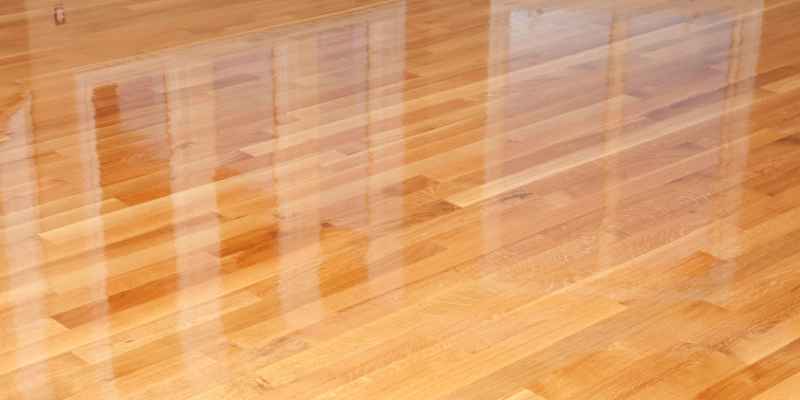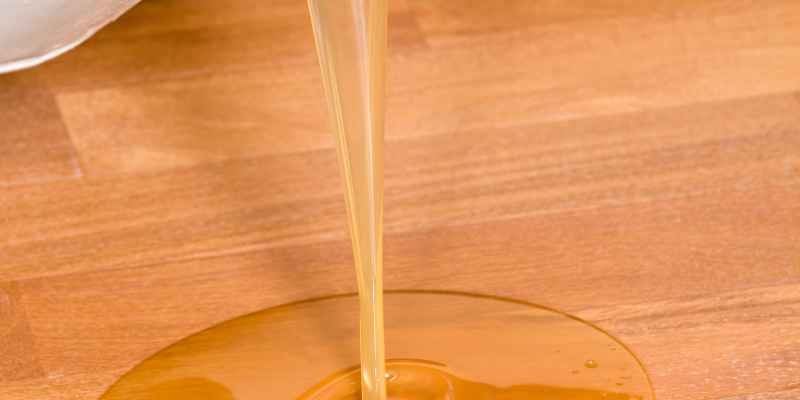When it comes to finishing wooden surfaces, such as furniture or flooring, polyurethane is a popular choice. It provides a protective and durable coating that enhances the beauty of the wood while preserving its natural look. But how many coats of polyurethane should you apply to achieve the best results? Let’s find out.
Understanding Polyurethane
Polyurethane is a versatile and durable finish that comes in two main types: water-based and oil-based. Water-based polyurethane dries quickly, has a low odor, and is easy to clean up with water. On the other hand, oil-based polyurethane takes longer to dry, has a stronger odor, and requires mineral spirits for cleanup. Both types of polyurethane offer similar protection, and the number of coats needed for each type is generally the same.
The First Coat
The first coat of polyurethane serves as a foundation and prepares the wood for subsequent coats. It helps to seal the wood and create a smooth surface for better adhesion of subsequent layers. When applying the first coat, it is important to follow the manufacturer’s instructions, usually stated on the can. Generally, you will want to apply a thin and even coat using a brush or a cloth. Allow it to dry completely before moving on to the next step.

The Subsequent Coats
The number of coats of polyurethane needed can vary depending on the desired level of protection and the type of wood being finished. As a general guideline, two to three coats of polyurethane are typically sufficient for most projects. However, certain factors may influence the number of coats required.
An essential factor to consider is the level of wear and tear the wood surface will endure. For high-traffic areas, such as floors, additional coats may be necessary to ensure optimal durability. Keep in mind that each coat adds another layer of protection, so more coats can provide greater resistance to scratches, stains, and moisture.
The type of wood being finished is another important aspect to consider. Some woods, like pine or softer hardwoods, may absorb the first coat more, resulting in a less even finish. In such cases, an extra coat or two may be needed to ensure full coverage and a smooth surface.
Additionally, it is crucial to sand lightly between each coat to create a better bond for subsequent layers. This helps to remove imperfections and allows the next coat to adhere properly. Following this step will ensure a professional-looking finish.
Factors Affecting Drying Time
The drying time between coats of polyurethane can vary depending on several factors, including temperature, humidity, and the type of polyurethane used. Always refer to the manufacturer’s instructions for specific drying times. As a general rule of thumb, water-based polyurethane dries faster than oil-based polyurethane.

Final Thoughts
When it comes to applying polyurethane, it is better to err on the side of caution and apply one additional coat if unsure. Remember, the number of coats required differs from project to project. It is essential to assess the specific circumstances and desired outcome when determining the ideal number of coats for your polyurethane application.
In conclusion, two to three coats of polyurethane are typically recommended for most wood finishing projects. However, factors such as the type of wood and the level of wear and tear should be taken into account. Investing time and effort into proper application and allowing ample drying time between coats will ensure a beautiful and long-lasting finish on your wooden surfaces.


